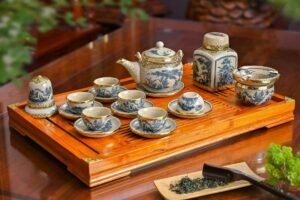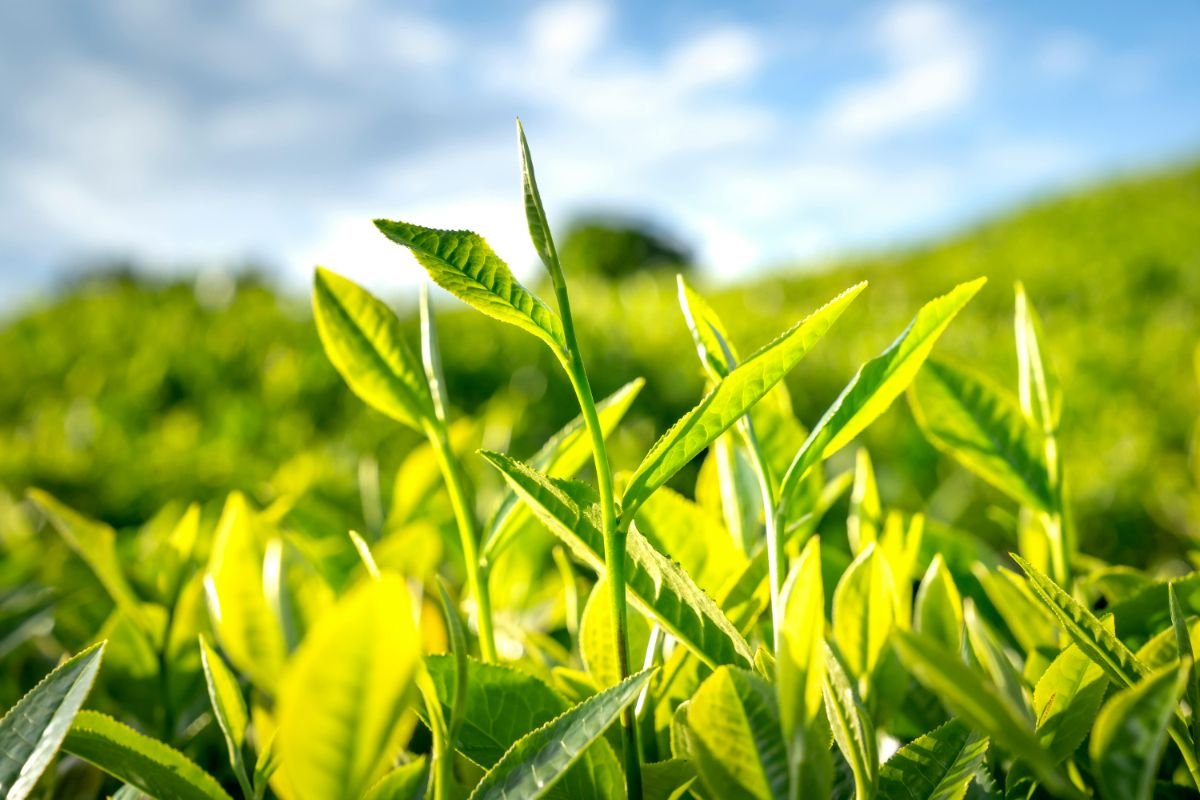
Tea Culture
Tea is thought to have originated in China around 2737 BCE, with a story involving the legendary Emperor

Tea lovers know there are countless types and grades of tea to enjoy, each with its own unique character. Among the different tea grades, Broken Orange Pekoe (BOP) stands out for its distinct qualities and processing style. This grade of tea has a rich history and unique flavor profile that sets it apart from whole-leaf varieties, making it a popular choice in the tea world. So, let’s dive into what Broken Orange Pekoe tea is, its origins, and what makes it so special.
To understand Broken Orange Pekoe, it’s essential to first know a bit about the grading of tea leaves. Grading is a system that ranks teas based on leaf size, quality, and appearance, especially for black tea. The grading system often includes terms like “Pekoe” or “Orange Pekoe.” But don’t be fooled by the term “orange” – it has nothing to do with the tea’s flavor or color. Instead, it’s believed to be a reference to the Dutch royal House of Orange, symbolizing high-quality tea.
The journey from tea plant to cup is intricate, and the process behind Broken Orange Pekoe tea reflects that. This tea starts with the same young, tender leaves used for other grades but follows a specific production path.

Tea is thought to have originated in China around 2737 BCE, with a story involving the legendary Emperor

The word “chai” simply means “tea” in Hindi. What many of us call “chai tea” is actually

Matcha tea has become a global sensation, celebrated for its vibrant green color, unique flavor,

Tea has been enjoyed for centuries, not only for its flavor but also for its potential health benefits.

Green tea is a popular beverage known for its refreshing taste, numerous health benefits, and

Black tea is a staple for tea lovers worldwide, prized for its rich, full-bodied flavor and

© 2025 YUGA NATURALS. All Rights Reserved